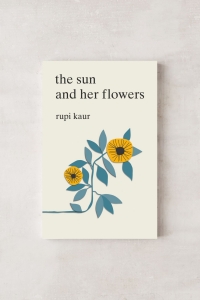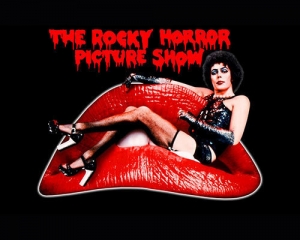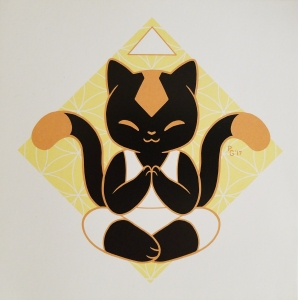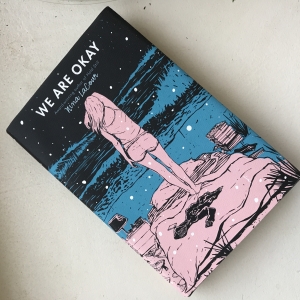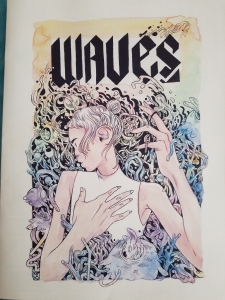The SPX Haul Part 3
A couple of issues ago, I wrote about some of the super cool comics and artists I met at SPX back in September. Well, here I return, but this time I’m going to do something a little different. Instead of focusing on the objects and stories I acquired, I’m going to talk about one of the artists I met. I did not pick up any particular work of hers at the convention, but I did pick up a few collections that contained her work. I’ll talk about them another time (I still need to read all the stories in them); instead, I want to talk about the conversation I had with Carla Speed McNeil and her insightful comments.
But first, a quick biography. Carla Speed McNeil is an Eisner and Ignatz award winning comic artist, who got her start back in 1996 drawing a comic called Finder. It started as an ashcan comic (black and white, cheap paper, hand stapled, meant to be thrown away) and slowly grew an audience until the advent of the internet where, after thirty-eight issues, it moved online. More recently, Dark Horse Comics has been serializing the most recent chapters in its anthology magazine, Dark Horse Presents.
Finder was not a huge seller in its individual issues, but it created a sprawling, dense sci-fi world that sucks you in and immerses you deeply into its character’s life. It is widely considered to be a seminal science-fiction comic work.
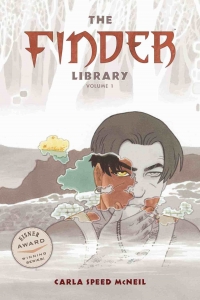
More recently, she has worked with Alex Di Campi in creating a series called No Mercy. It’s a wild ride, and having only read the first volume, I can’t fully talk about it ,but go check it out if you can.
Okay, enough backstory. The reason I wanted to talk about her is because of her passion for comics and because of how much of modern comic history she has witnessed and been a part of. As I said before, she started with ashcan copies of Finder back when SPX was only two years old. From what she said, she’s been at the con since its inception in 1994 (hence the con grandmother comment last time). The con was just a singular room, only a few tables, and made up of a small number of independent comic creators and comic enthusiasts. They traded their zines and discussed what they had made.
Now, SPX is the size of a large hotel ballroom, packed to the brim with independent comic creators and comic enthusiasts. All sorts of creators are there and the amount of creativity, while always high, has only grown. Carla talked on how she had watched con guests arrive, become inspired by the work they saw, and a few years later, have a booth right next to hers.
She talked about how the makeup of the con is changing: diversity has increased and female creators are a large portion of the cons now (they were always a large portion of the guests). She sees independent comics as the future— she always had— and while the comics industry is still plagued with problems relating to its treatment of non-white, non-male, non-straight creators and creations, the future looks bright. There are so many new voices being shared by people who love the medium of comics; hopefully, as the years go by from here, more and more voices can be shared.
I began this article by saying that I would talk about Carla Speed McNeil and what she told me as we conversed. I lied. Well, not totally. A couple months can dull the actual words and parts of the conversation, but the sentiment still stuck.
The makeup of the people buying comics hasn’t changed all that much; it’s always been a diverse group of people. Yet, finding a platform from which to share voices that reflect that audience was difficult back before the internet. The internet has made it easier for people to be connected to the voices that would otherwise have been buried, ignored by the industry.
Now, having had time to make those voices loud and proud, artists can start to be heard by those who would have normally ignored them. They can continue the process of change and to inspire a new generation who will continue the fight and continue to produce amazing art.
These are those voices. Independent comics are the voices of the people and the place where unpolished, fresh, or even polished but still unknown talent can be found.
I do remember the last words that were told to me before I left her table. I had asked what was the best way to manage the con and really get the most of it. She told me to take notes. To pay attention to work that grabs me and catches my eye. To get contact info if, even for a second, I pause and stare at a piece.
“It means they captured something, something you’ll want to follow,” she said.

